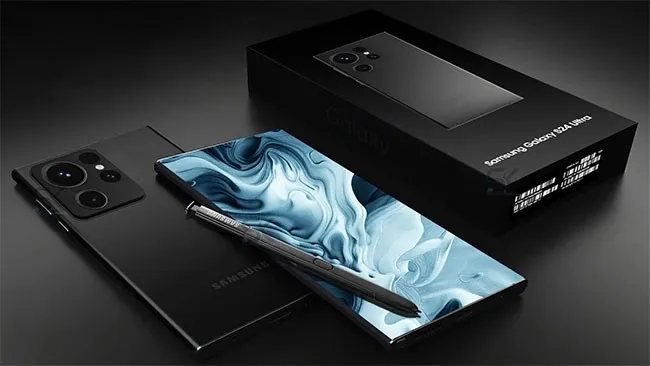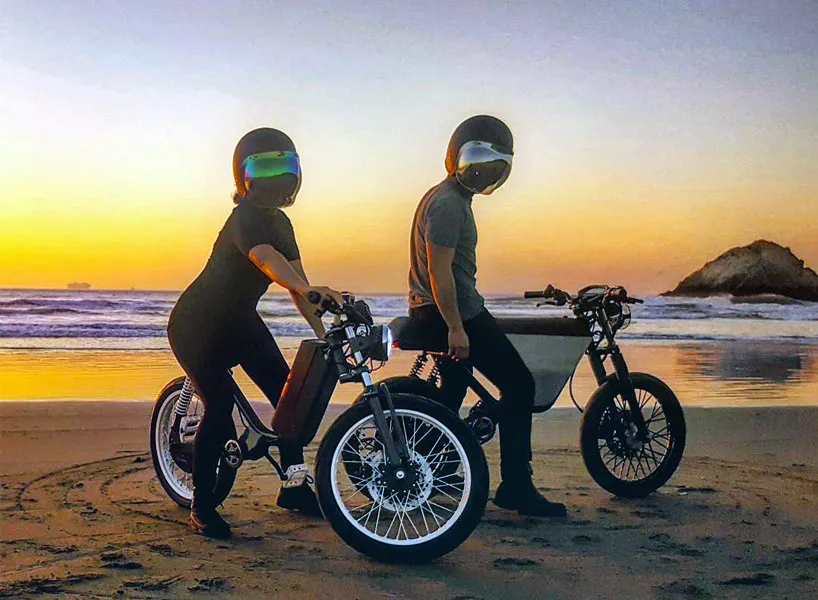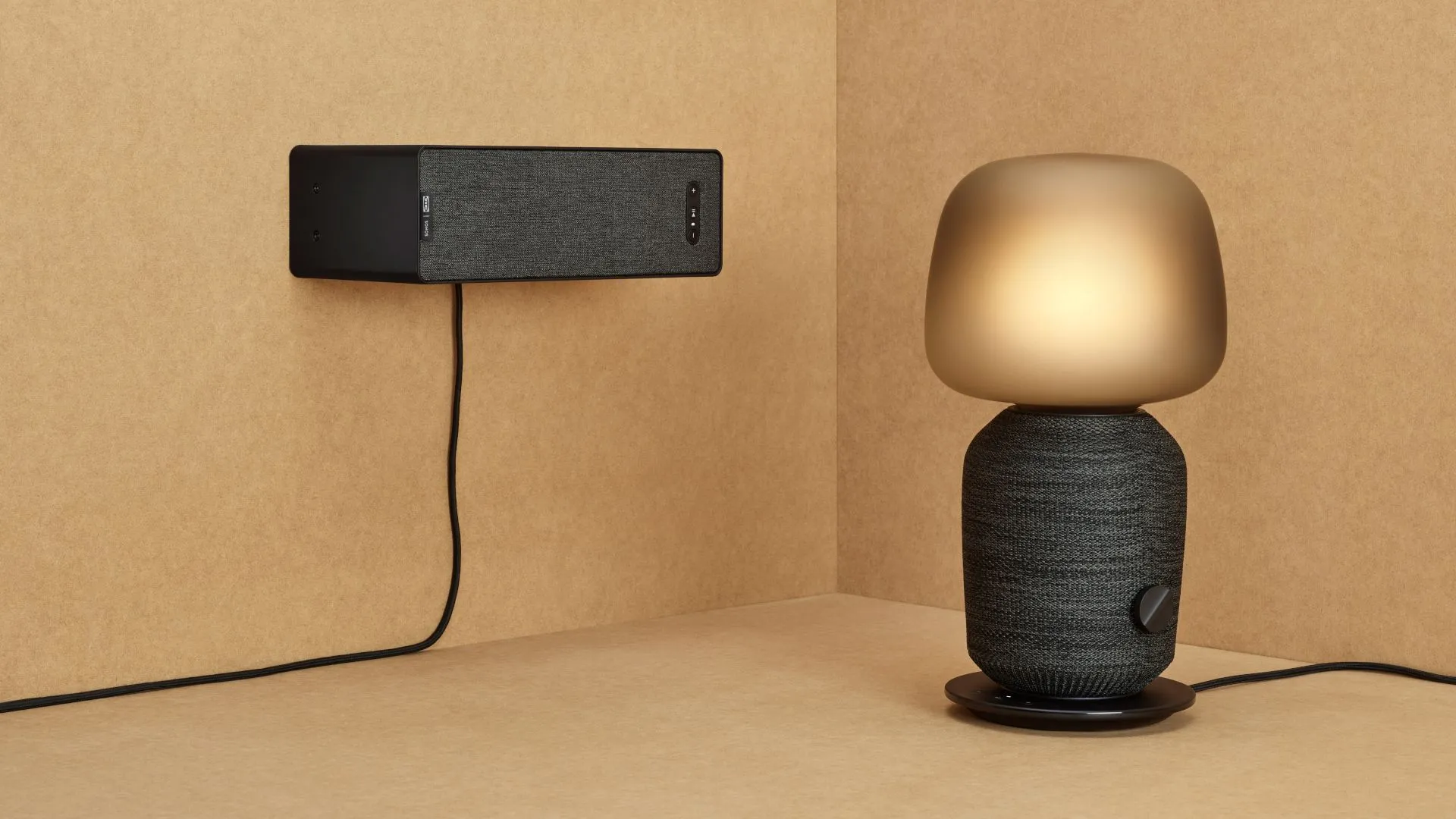In the ever-evolving world of social discovery and inspiration platforms, Pinterest is stepping up with a major shift: AI-powered “personalised boards” designed to tailor content, shopping and creation more closely to each user. The company has begun testing new features—such as a “Styled for You” collage tool that mixes fashion items from your saved pins to propose new outfits, and a “Boards Made for You” section where editorial plus AI combine to curate themed boards based on what you’ve saved and engaged with. On the surface, it’s a convenience upgrade. But beneath that lies a strategic pivot: Pinterest is repositioning itself from a static pin-board site into a dynamic, AI-enabled discovery and shopping assistant. In this article we’ll unpack how these new features work, why they matter, how they fit into the broader Pinterest strategy, what the implications are for users and creators, and the potential downsides to keep in mind.
What Are the New Features?
“Styled for You” Collages
One of the headline additions is the “Styled for You” feature. Rather than simply browsing or saving outfits, users will now see AI-generated collages built from their own saved fashion items. For instance: you’ve pinned several dresses, boots and accessories. Styled for You will compile a collage suggesting a full outfit, drawing on those past saves. Tap an item and the collage dynamically shows other matching saved items or related pins — essentially a personalized outfit generator. This feature is part visual creation tool, part styling assistant.
“Boards Made for You”
Another major change is “Boards Made for You.” Unlike the traditional user-created board where you collect pins manually, this board is curated by a mix of editorial content and AI analyzing what you have saved, what you tend to like, and broader trending themes. These personalised boards can include themes like “Weekly Outfit Inspiration”, “Home Decor Refresh”, “Recipe Remix” or “Travel Mood Boards”. The board appears in your home feed or profile as a ready-made set of pins built to your tastes.
Shopping & Personalisation Integration
These features aren’t just about inspiration—they tie into shopping and monetization. Many of the new boards highlight shoppable items based on your previous behaviour. For example, you might get suggestions for trending shoes based on the boots you saved, or home décor ideas tied to items you showed interest in. New tabs like “Make it Yours” or “More Ideas” reportedly guide users toward personalized product recommendations. These tools make the jump from inspiration to action smoother, converting saved ideas into purchasable content.
🇺🇸 Initial Roll-Out & Scope
The updates are initially being tested in select regions (e.g., U.S. and Canada) and will expand globally over time. Pinterest is proceeding in phases, collecting data, refining the model and monitoring user feedback before full deployment. The rollout reflects the company’s ambition to evolve from static pin-boards to dynamic, AI-driven user experiences.

Why These Changes Matter
1. Enhancing User Engagement & Discovery
By personalising boards rather than leaving content purely user-assembled, Pinterest increases the chances users discover things they like rather than rely on manual searching. This aligns with sleep-time browsing behaviours where users lean back and expect suggestions rather than push through manual discovery. More relevant content equals more engagement.
2. Shopping Monetization Strategy
Pinterest has long positioned itself as a discovery and shopping platform. With AI-powered boards, the leap is more pronounced: saved pins feed into shopping cycles. For brands and advertisers, personalised boards offer stronger conversion signals, aligning browsing with purchase intent. Pinterest’s shift may accelerate ad-monetisation and affiliate-style integration across the platform.
3. Competitive Positioning
The move places Pinterest more directly in competition with visual-search, mood-board and social commerce platforms. As visual discovery crowded with AI tools expands, Pinterest needs to maintain differentiation. Personalised boards built using AI give it an edge in tailoring experiences, especially with Gen Z and millennial users who expect slicker, smarter discovery.
4. User Value & Retention
For users, the value proposition is stronger. Instead of spending time organising and curating boards manually, the platform does much of the work and surfaces usable ideas. For time-aware users (home décor, fashion, travel planners), that convenience matters—and may increase retention.
How This Fits Into Pinterest’s Strategy
-
From passive board to active assistant: The transformation shows that Pinterest sees itself not just as a place to save ideas but as an assistant that helps you discover, style, shop.
-
AI-first user signals: The company is doubling down on AI-driven recommendation, combining editorial curation with machine-learning insights from what users save, click and engage.
-
Building creator & merchant synergy: With personalized boards, creators and brands have more targeted channels to reach users. Pinterest effectively connects creators, users and commerce in tighter loops.
-
Behavioral data leverage: Every saved pin, opened board, collage interaction feeds data into AI models that further refine suggestions. The flywheel effect helps Pinterest refine relevance and ad efficiency.
What Users Should Expect
More Ready-Made Boards & Collages
Instead of creating many of your boards manually, you’ll see suggestions and system-built boards in your feed. Expect less “blank canvas” work and more curated content ready to explore.
Better Outfit & Decor Match Suggestions
If you save shoes, dresses, furniture or cooking inspiration, the algorithm will now combine them into meaningful pairings—“wear this with that”, “decorate this with these colours”, “make this dinner for that occasion”. The AI will surface combinations you may not have thought of.
Tighter Shopping Integration
When boards highlight items you saved or similar ones, the path from inspiration to purchase is shorter: click a suggestion, see product details, perhaps buy. For planners, this shopping loop becomes more integrated.
Thematic Tabs & Browsing Modes
New tabs like “Make it Yours”, “More Ideas”, “All Saves” give alternative paths to use Pinterest. Perhaps you’ll flick through “More Ideas” for inspiration, then land in “Make it Yours” for personalization.
Potential Challenges & Considerations
Creativity vs Algorithmic Control
Some long-time users may feel the personalisation reduces spontaneity. Instead of manually crafting boards, the algorithm does more; this can diminish the “creative sandbox” feeling of Pinterest if over-automated.
Privacy & Data Use
The more personalised the boards, the more the system relies on your behavioural data—what you save, click, purchase. Users concerned about data privacy may want to review settings and permissions.
Disclosure & Authenticity
As boards become shopping-forward, users may face more commercialized content disguised as inspiration. Pinterest will need to maintain transparency (e.g., labelled content) to retain trust.
Early Rollout & Region limits
Because these features are in testing phases, availability will vary. Users outside initial regions may see delays or limited access. Also, AI suggestions may mis-interpret niche tastes until the model adjusts.
What This Means for Creators & Brands
-
Creators: You’ll want to align content with how AI sees saved-pin signals. Quality visuals, tagged items, trending aesthetics increase chances of being surfaced in personalised boards.
-
Brands: Opportunities to be included in AI-built boards means better reach to users with interest signals. Ensure products are visually clear, aro fitting trending aesthetics and properly tagged.
-
Affiliate/Commerce: The shorter loop from board suggestion to product click strengthens conversion potential. Brands and affiliates should optimise for relevance and visual appeal.
-
Influencers: Board placements and collages featuring your saved content may raise your visibility. Work with platforms and brands to align trends and aesthetics.
The Bigger Picture: Visual Discovery Is Changing
These updates reflect broader trends:
-
Visual content is central to how Gen Z and Millennials discover, plan and purchase.
-
AI is moving from “recommend what you might like” to “build what you would want”.
-
Platforms like Pinterest are shifting from passive collections to active assistants.
-
Commerce is increasingly integrated into social discovery, blurring inspiration and purchase.
Pinterest’s move signals that social platforms must deliver value beyond just scrolling: they must help users act.
Pinterest’s latest AI-powered upgrades to its boards show how the platform is doubling down on personalisation, discovery and commerce. With features like “Styled for You” collages and “Boards Made for You”, users are being offered ready-made inspiration tailored to their tastes—and matched with interactive shopping opportunities. For creators, brands and everyday users alike, this signals a new era where Pinterest is no longer just a place to save ideas—it’s a platform designed to anticipate them.
However, with greater personalisation comes responsibility: keeping creativity alive, protecting user data, preserving authenticity and avoiding the downsides of overly-algorithmic feeds. As these new features roll out, how users respond, how brands adapt and how Pinterest balances automation with human creativity will determine their success.
For anyone who uses Pinterest to plan outfits, decorate homes, discover recipes or build mood boards—this update marks a shift. You may no longer be simply saving ideas—you may soon be refining them with help.
And in that shift lies both opportunity… and a new set of questions about how we want discovery platforms to work.






